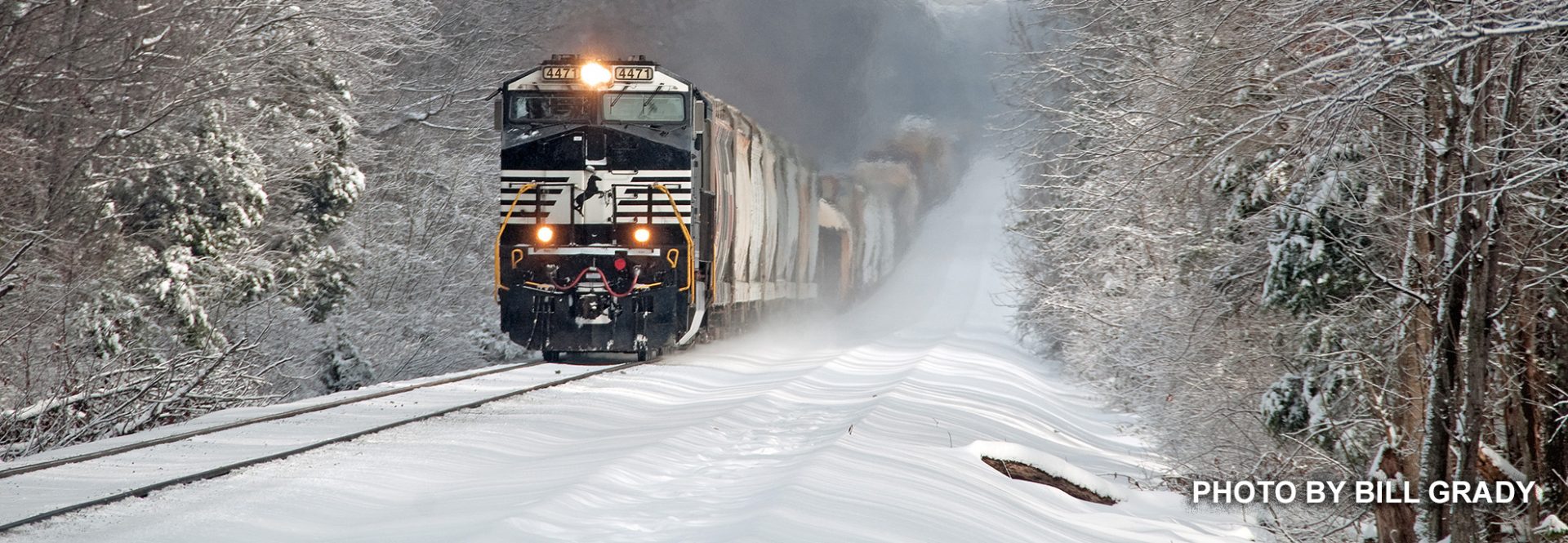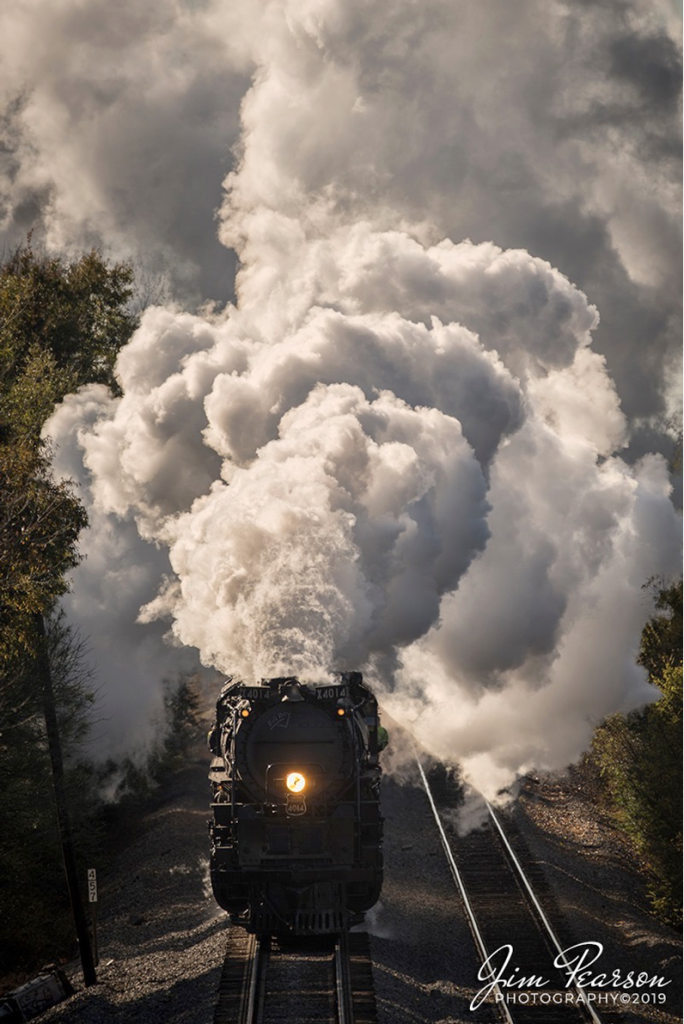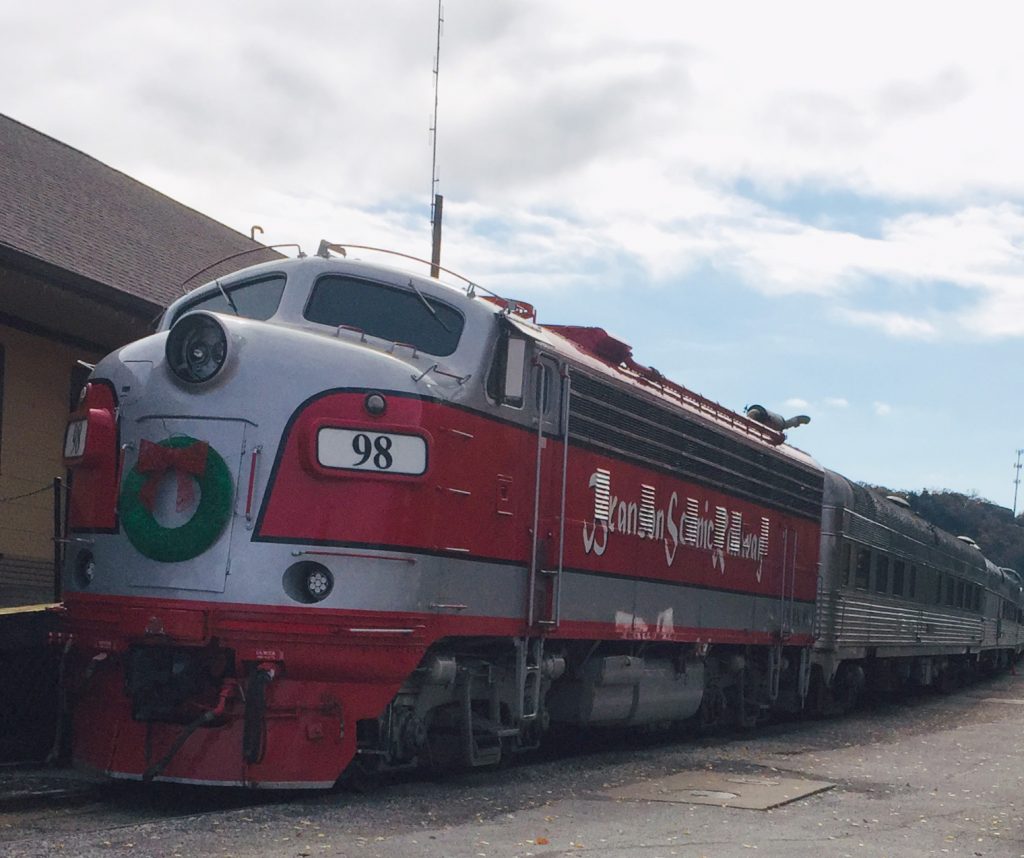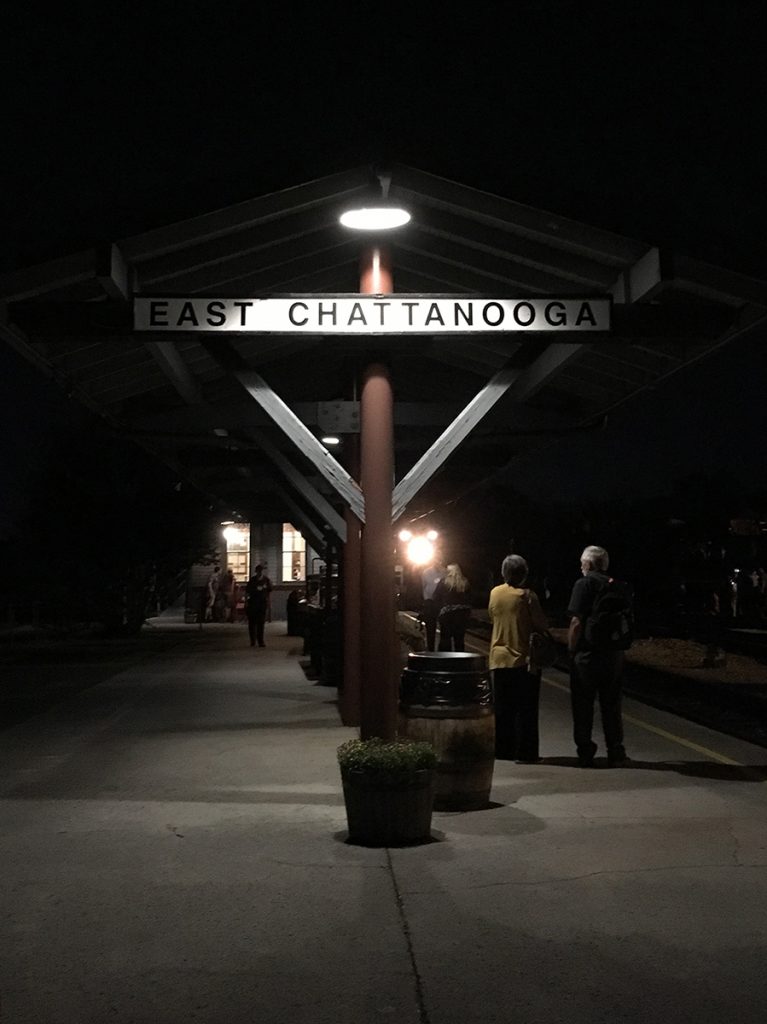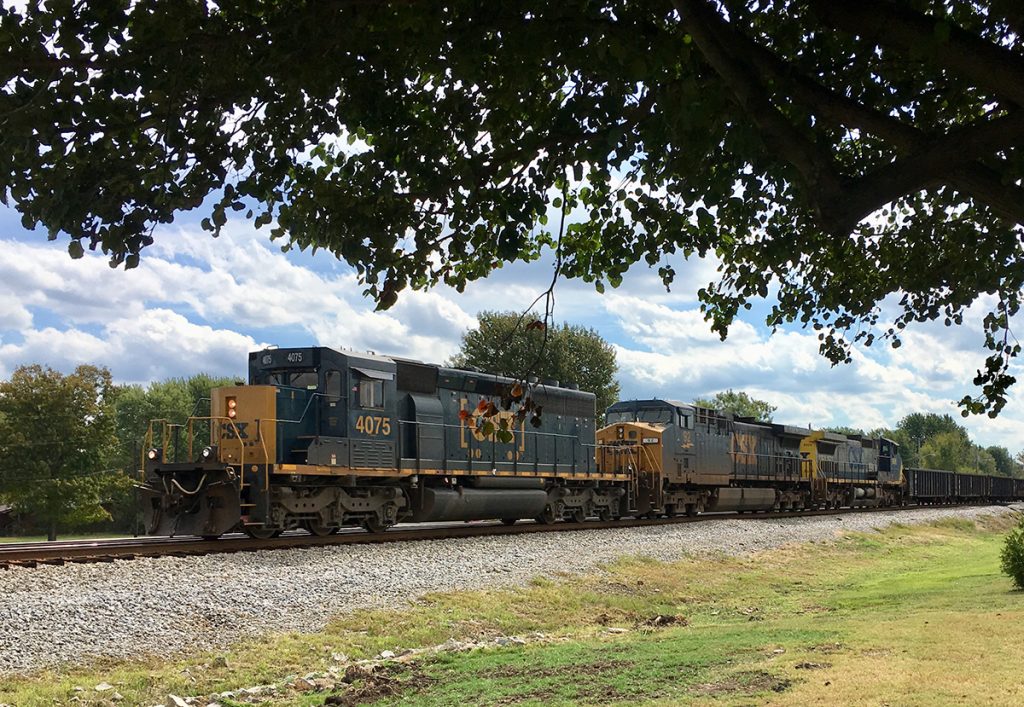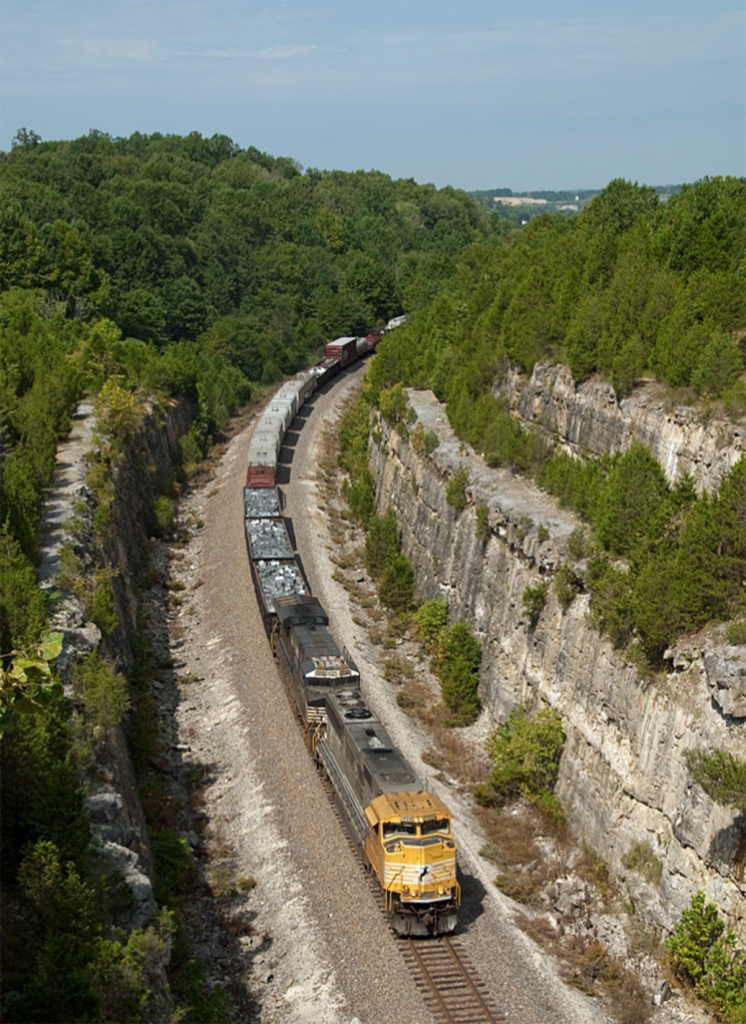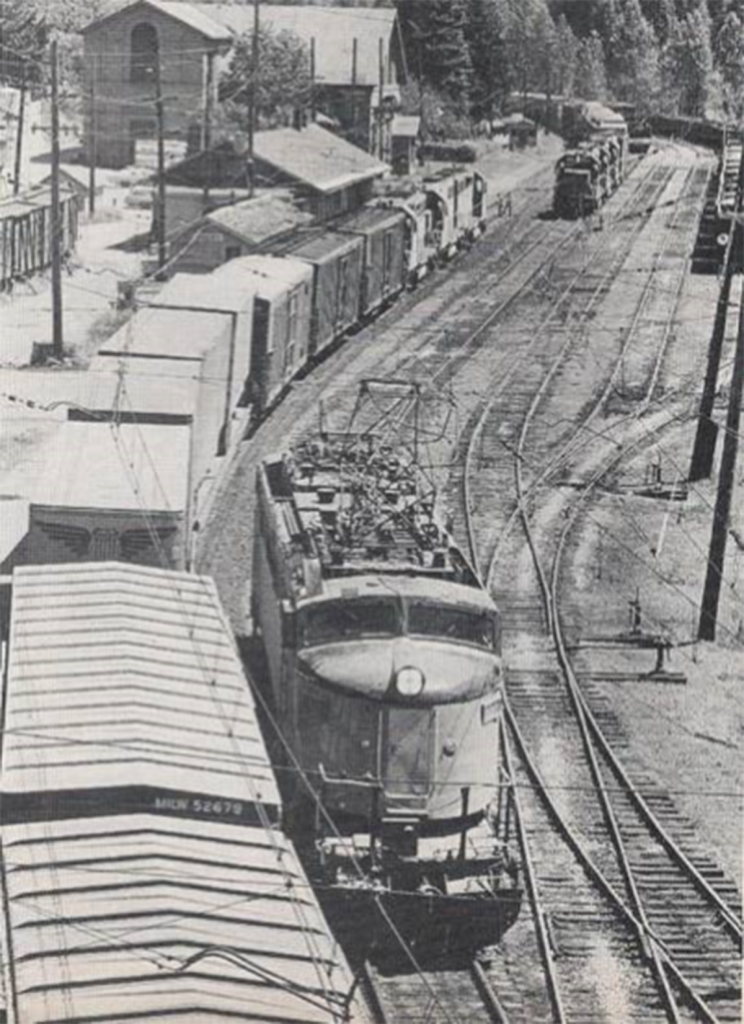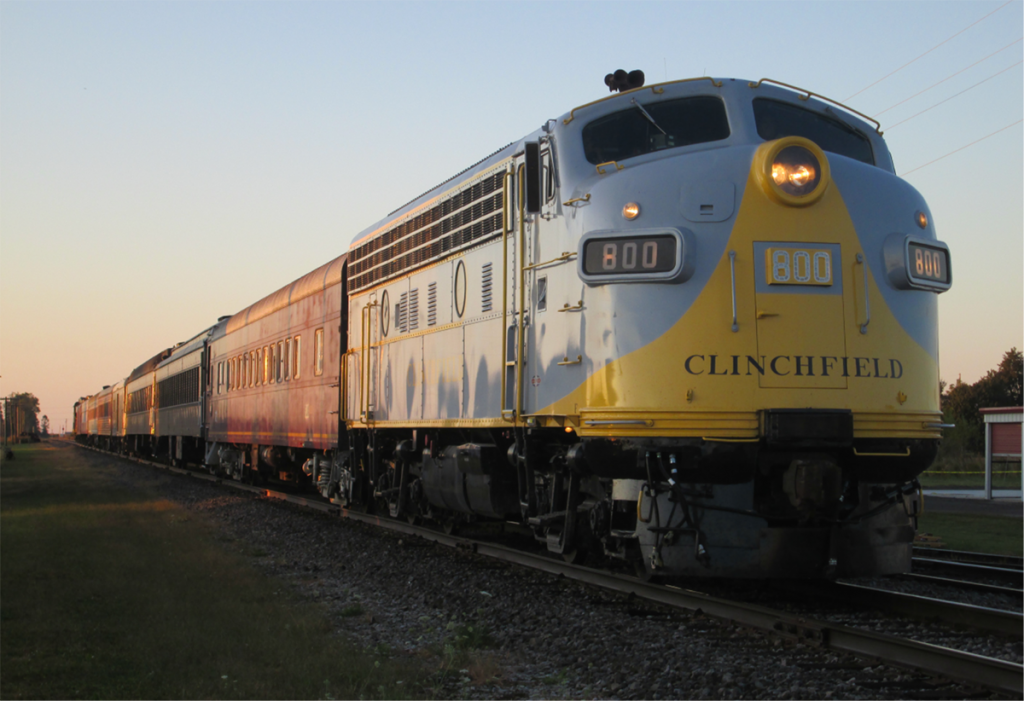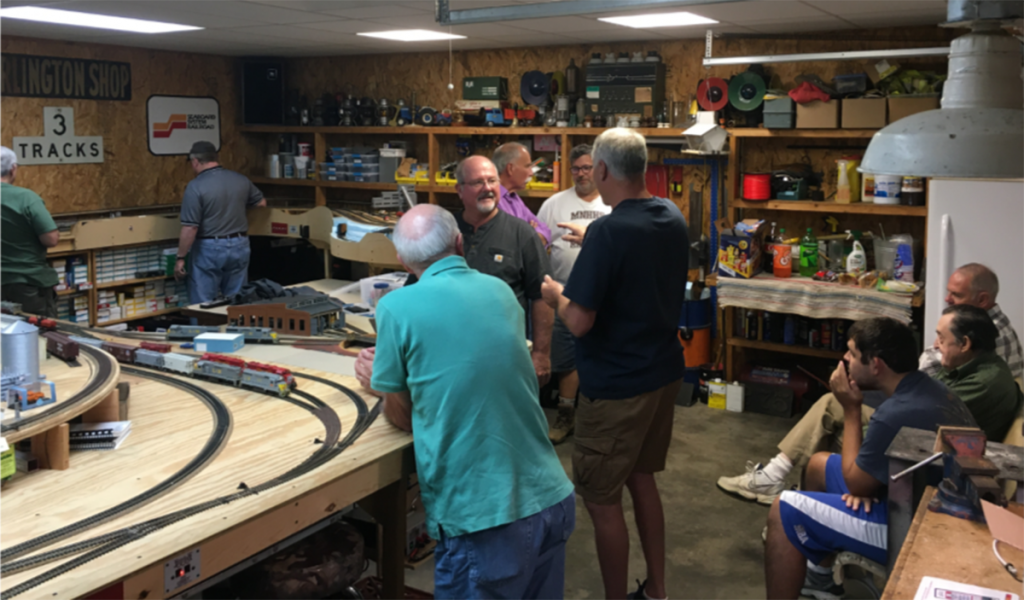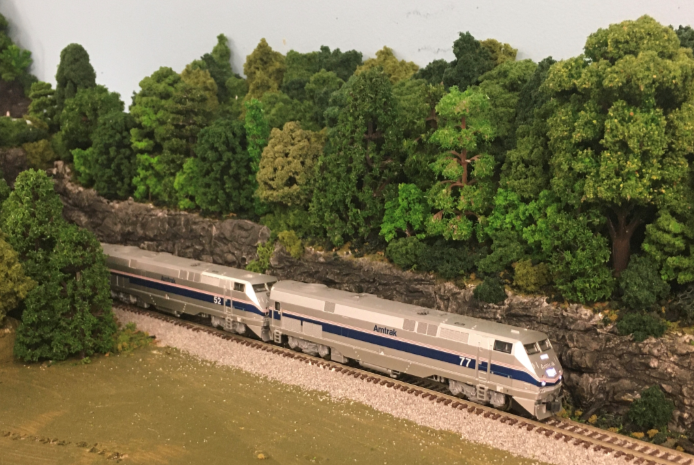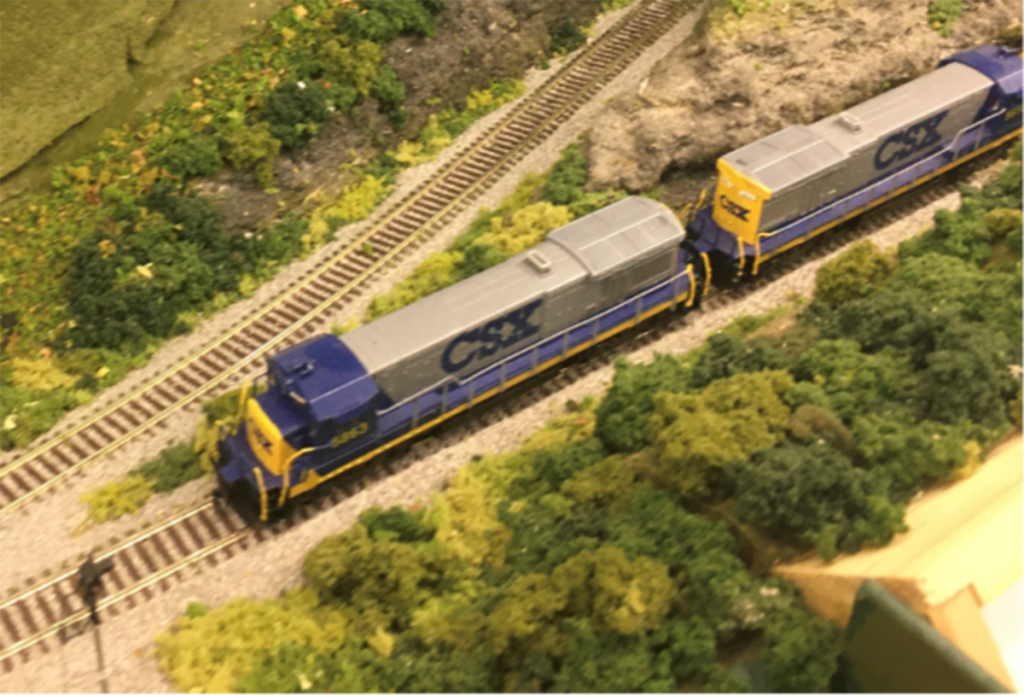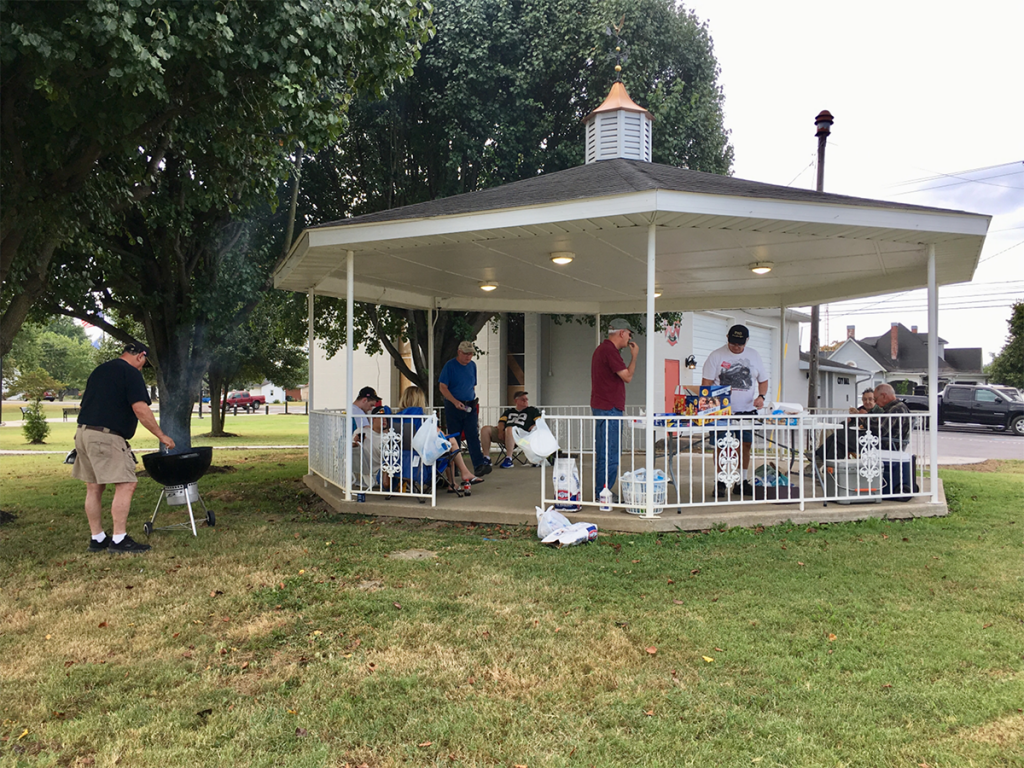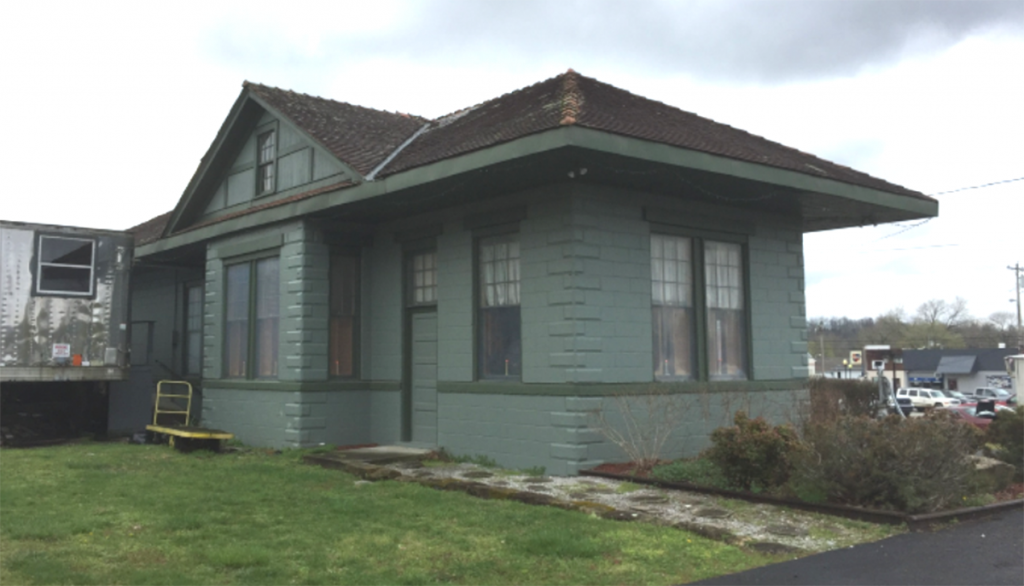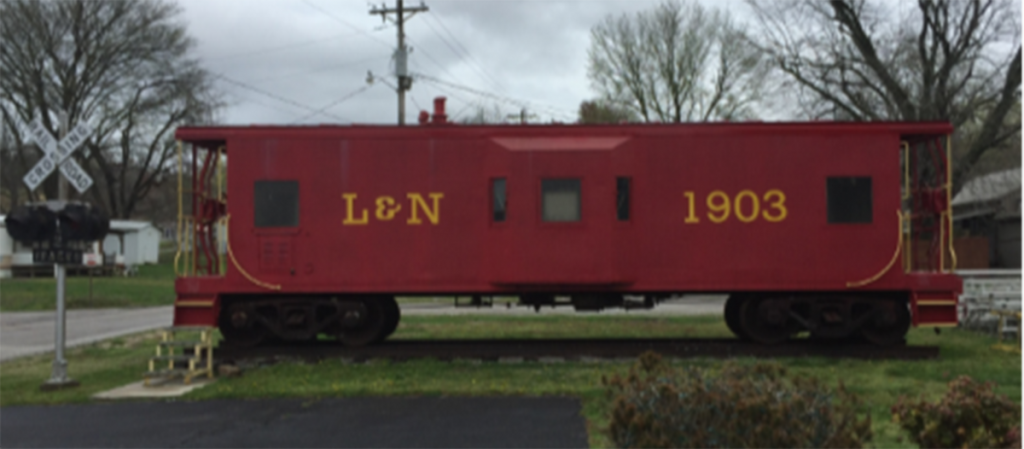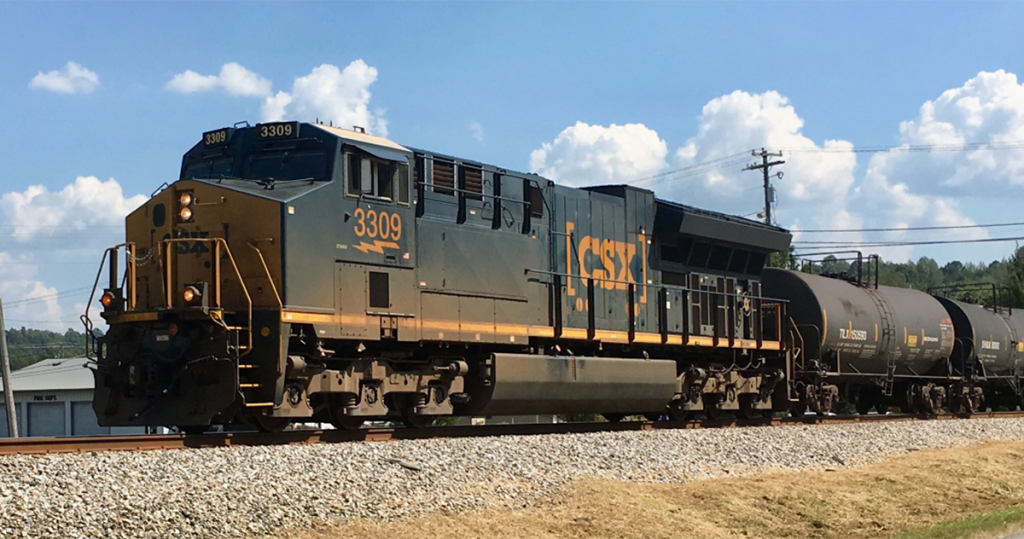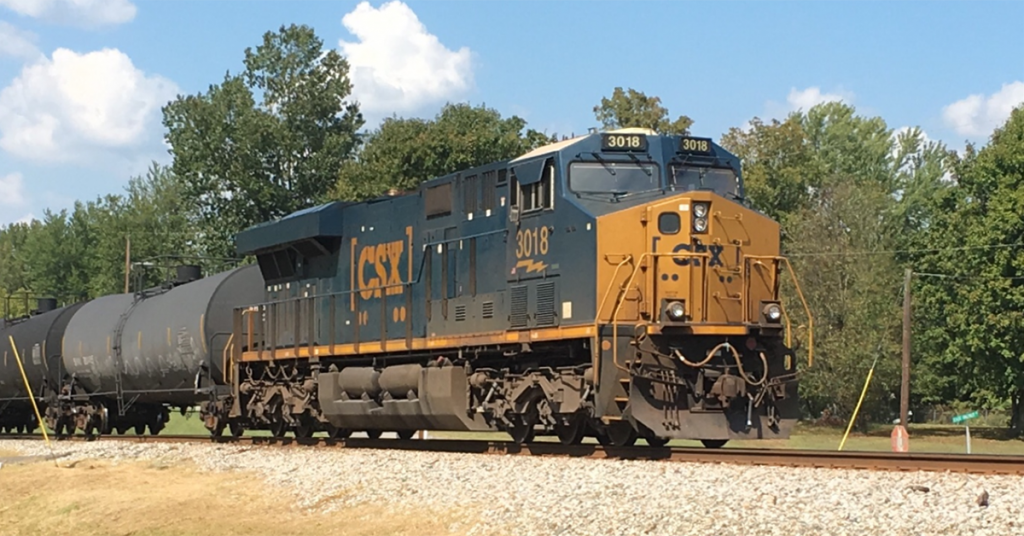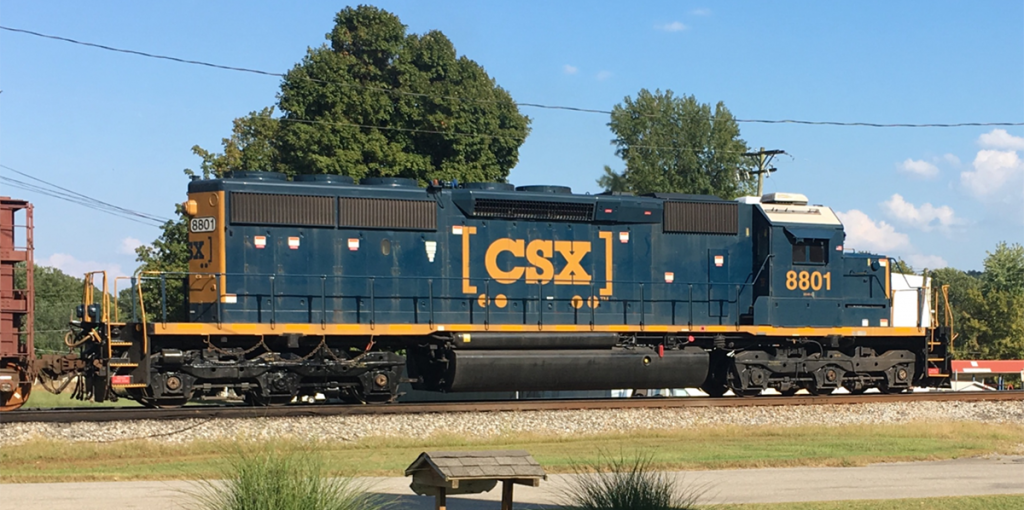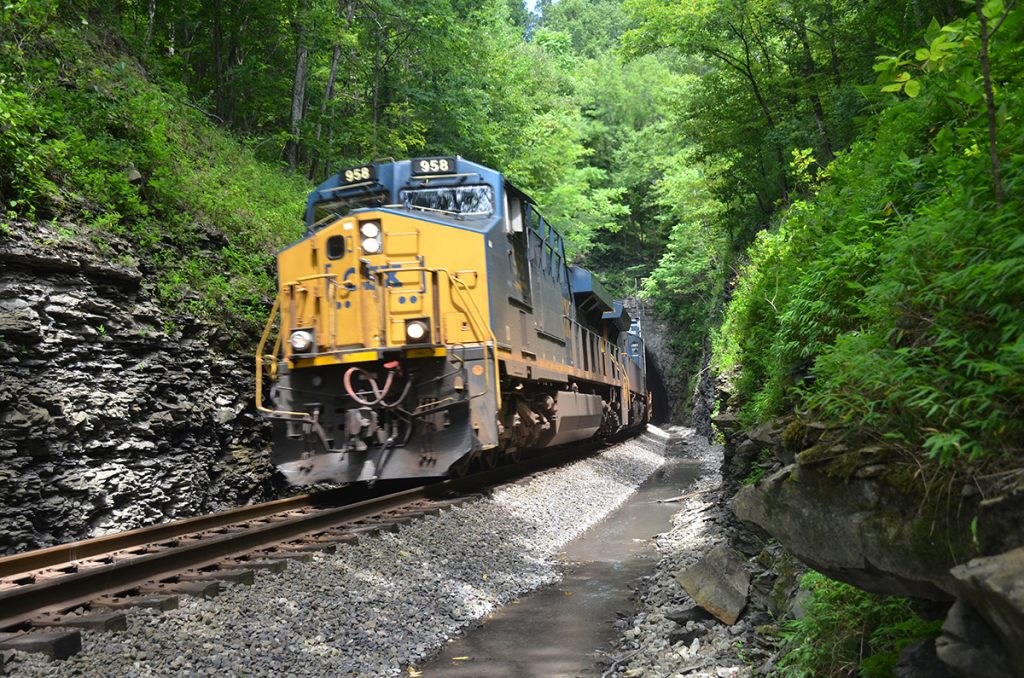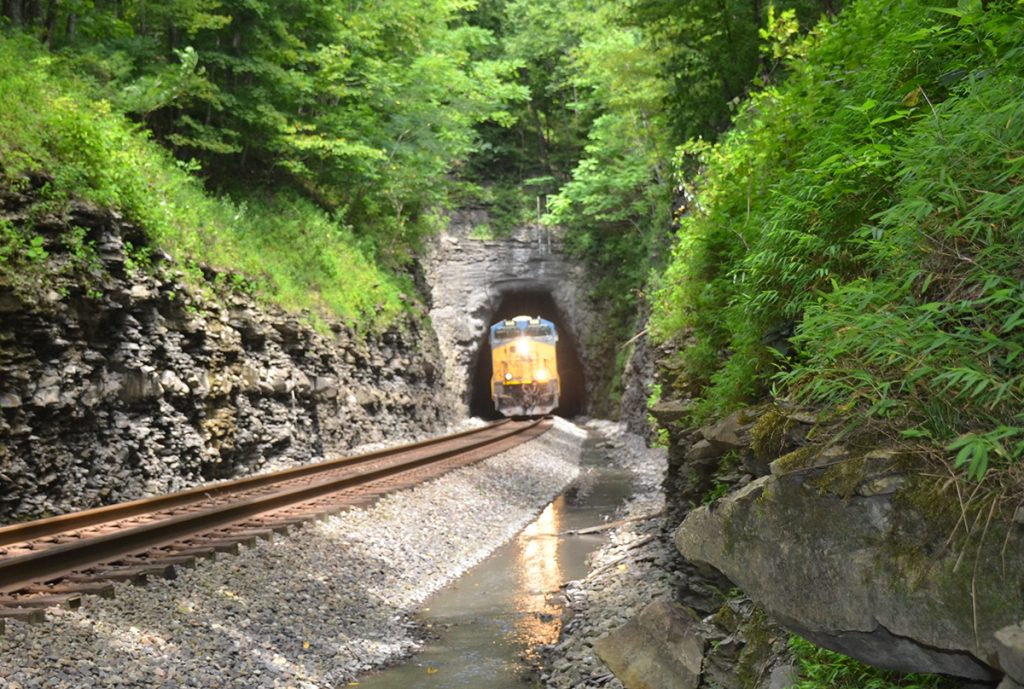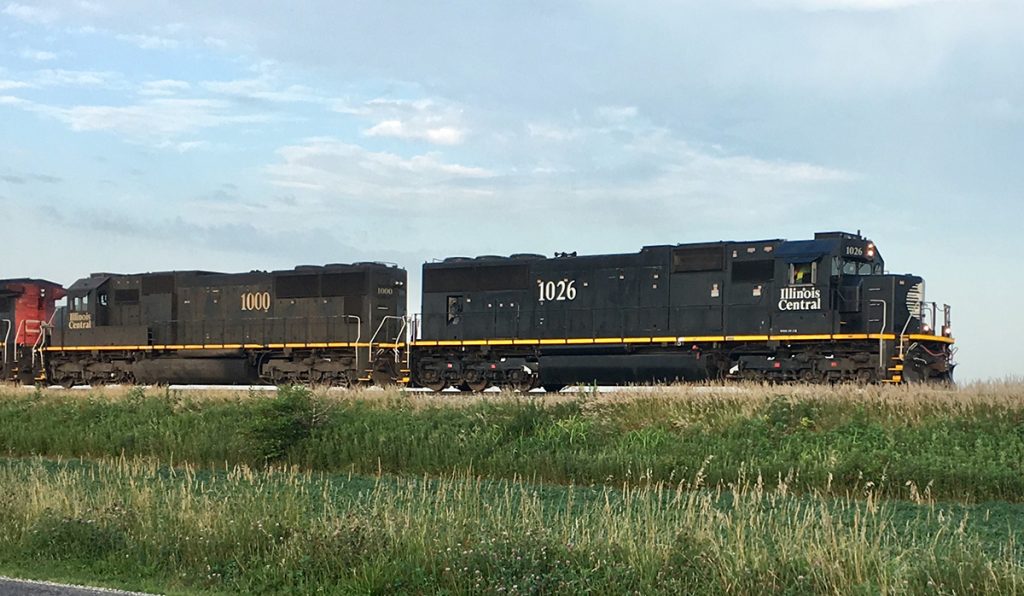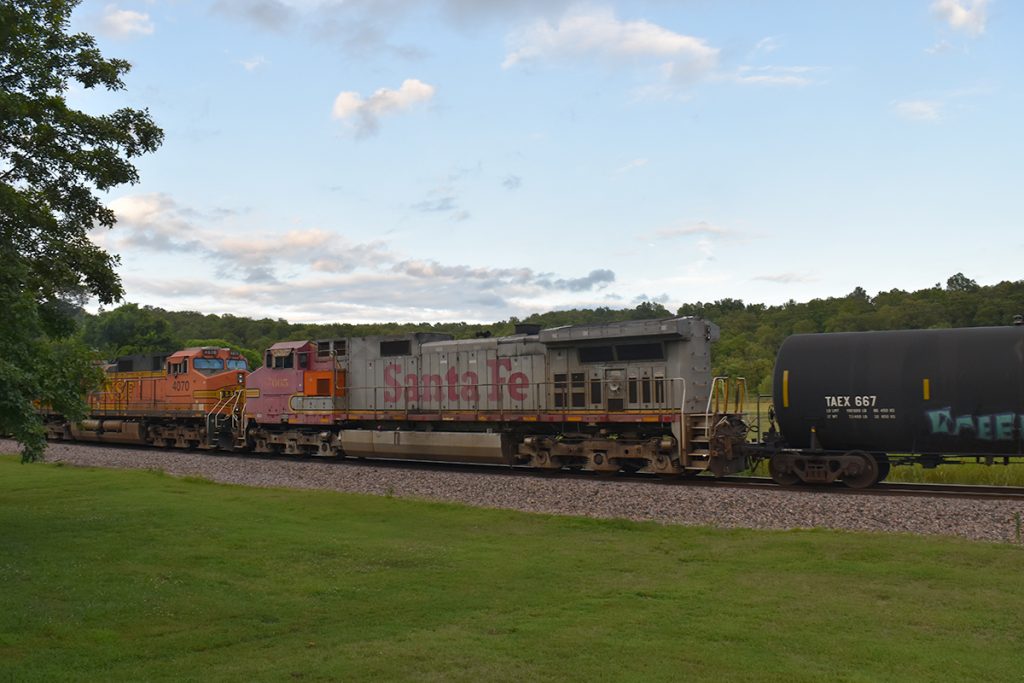
November 12, 2019 – Union Pacific Big Boy 4014 sits tied down at the Prescott, Arkansas depot, after its run for the day up the Little Rock Subdivision. Tomorrow morning it’ll depart at 9am CST for Little Rock where it’ll be on display till Friday morning before continuing it’s move back to Cheyenne, Wyoming. According to Wikipedia: The Missouri Pacific Depot of Prescott, Arkansas is located at 300 West 1st Street North. It is a 1-1/2 story red brick building, with a breezeway dividing it into two sections. One section continues to be reserved for railroad storage, while the other, the former passenger ticketing and waiting area, has been adapted for use by the local chamber of commerce and as a local history museum. It was built in 1911-12 by the Prescott and Northwestern Railroad, which interconnected with the Missouri-Pacific Railroad at Prescott. The line had passenger service until 1945.
The building is now known as the Nevada County Depot and Museum. Exhibits include area settlers, railroads, and military items from World War I, World War II, the American Legion, National Guard of the United States, 1941 U.S. Army maneuvers in Prescott. The depot building was listed on the National Register of Historic Places in 1978.
